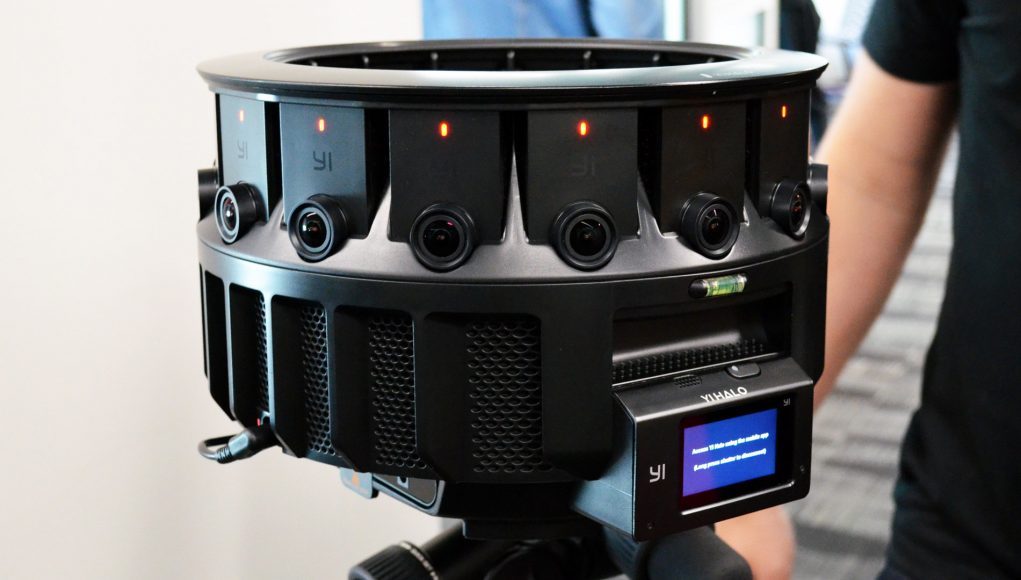Google seems to be taking somewhat of a step back from VR, as Variety reports the company will be shutting down its Jump program for good next month.
Google posted an updated Jump FAQ recently regarding the shutdown of the VR video service, outlining that Jump will officially go offline on June 28th, 2019.
The ability to upload video will be suspended on June 26th; the 27th is the cutoff date to back up whatever files you may have uploaded via the service. Any later than that, and all Jump-related files will be deleted from Google’s Cloud Services for good.
In an all too brief statement, Google says the shutdown is due to “the emergence of a number of alternative solutions for creators,” which they maintain saw usage of Jump Assembler decline.

In Jump’s wake, the company suggests that VR filmmakers make use of third-party stitching software such as Mistika VR and the Nuke Cara VR plugin. Both are said to work with either of the platform’s officially supported rigs, the GoPro Odyssey and YI HALO, the latter of which cost a cool $17,000.
Google first introduced Jump back in 2015 as camera platform that essentially followed Cardboard’s path of providing an open design for all to use. Besides establishing build guidelines for makers and manufacturers alike, Google also provided Cloud Service storage and Jump ‘Assembler’, which was tasked with stitching the camera’s multiple video feeds into a contiguous 360 scene.
Where Google is headed next with VR, we’re not sure. It seems over the past few months that the company has taken a noticeable step back from VR. Google’s first big pullback came via a shutdown of its internal VR film studio Spotlight Stories in March. At this year’s I/O developer conference early this month, Google’s VR platform Daydream wasn’t even mentioned; the company’s upcoming smartphone Pixel 3a won’t support Daydream either.
Some of this may rest on the shoulders of a less than stellar launch last year of the only standalone VR headset to use the Daydream platform, Lenovo Mirage Solo. It was by all accounts a pioneering initiative to bring 6DOF headtracking to the masses, although its launch was marred by a lack of ready-made 6DOF content, a lack of 6DOF controllers, and a $400 price tag that wasn’t positioned well against the $200 Oculus Go at the time. It also seemed stifled from the beginning, as HTC, a previous hardware partner pledging Vive Focus to the platform, decided to pull support and launch their headset in China under the Viveport mobile store.
Whatever the case may be, we’ll have all eyes on Google’s VR division in the coming months to see if this is a full-blown pull back, or a strategic retreat.







